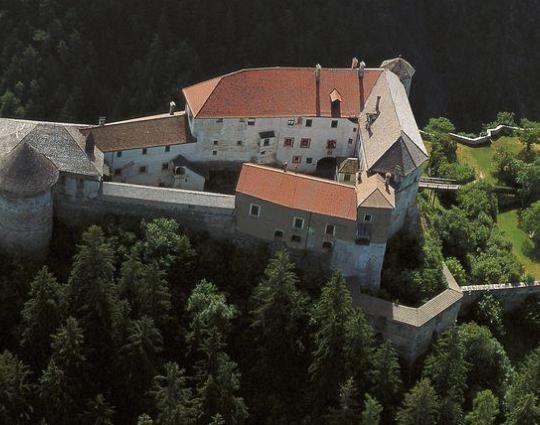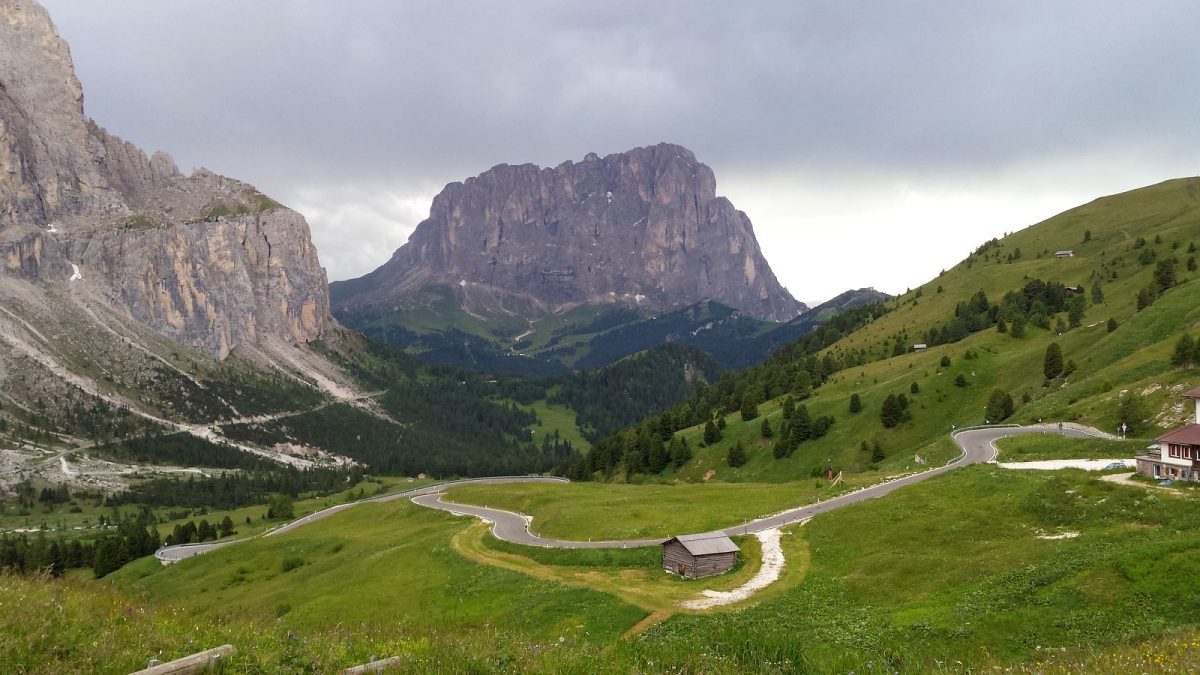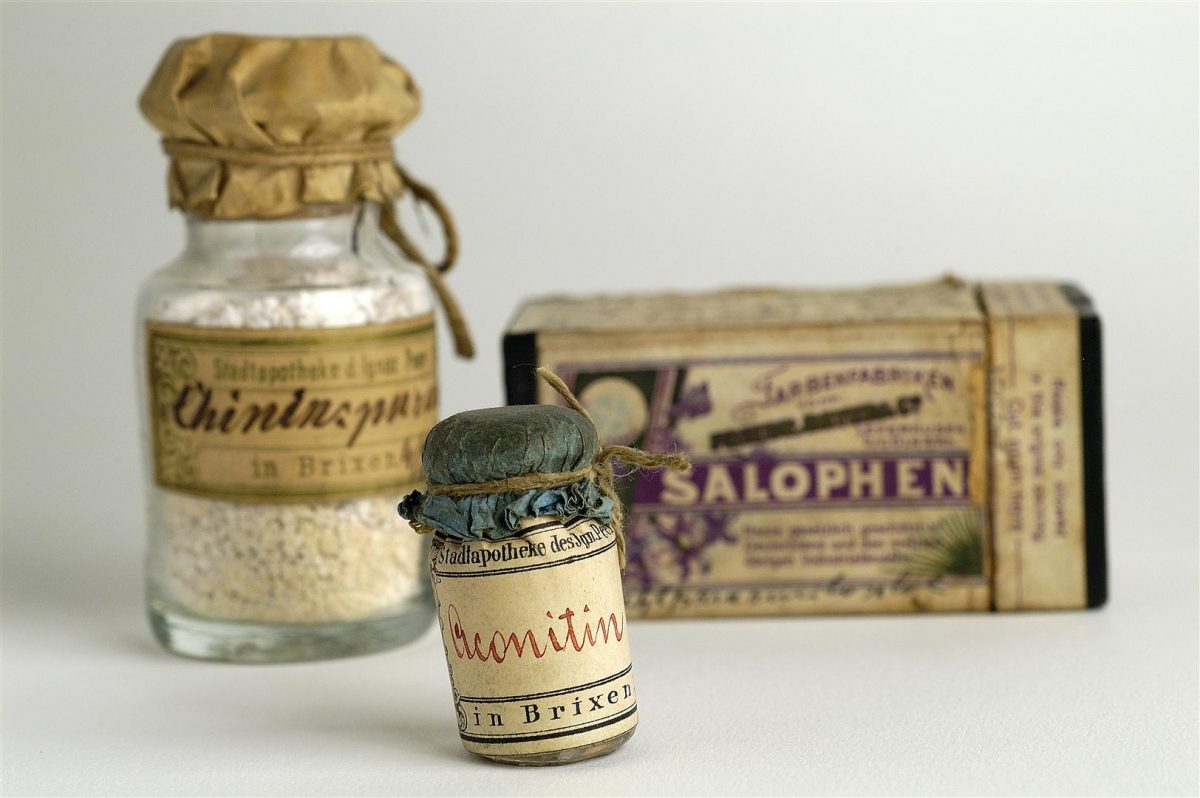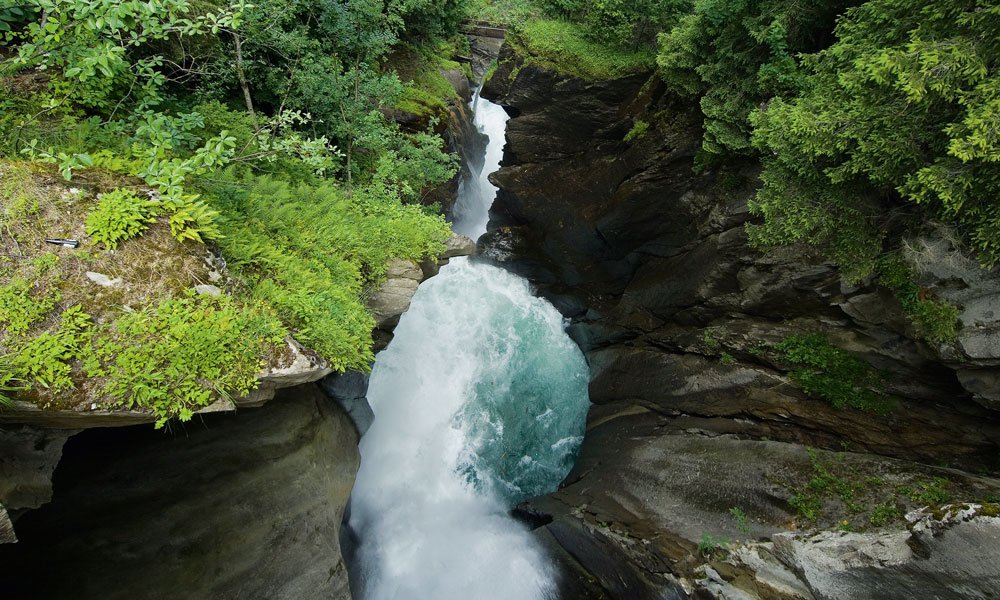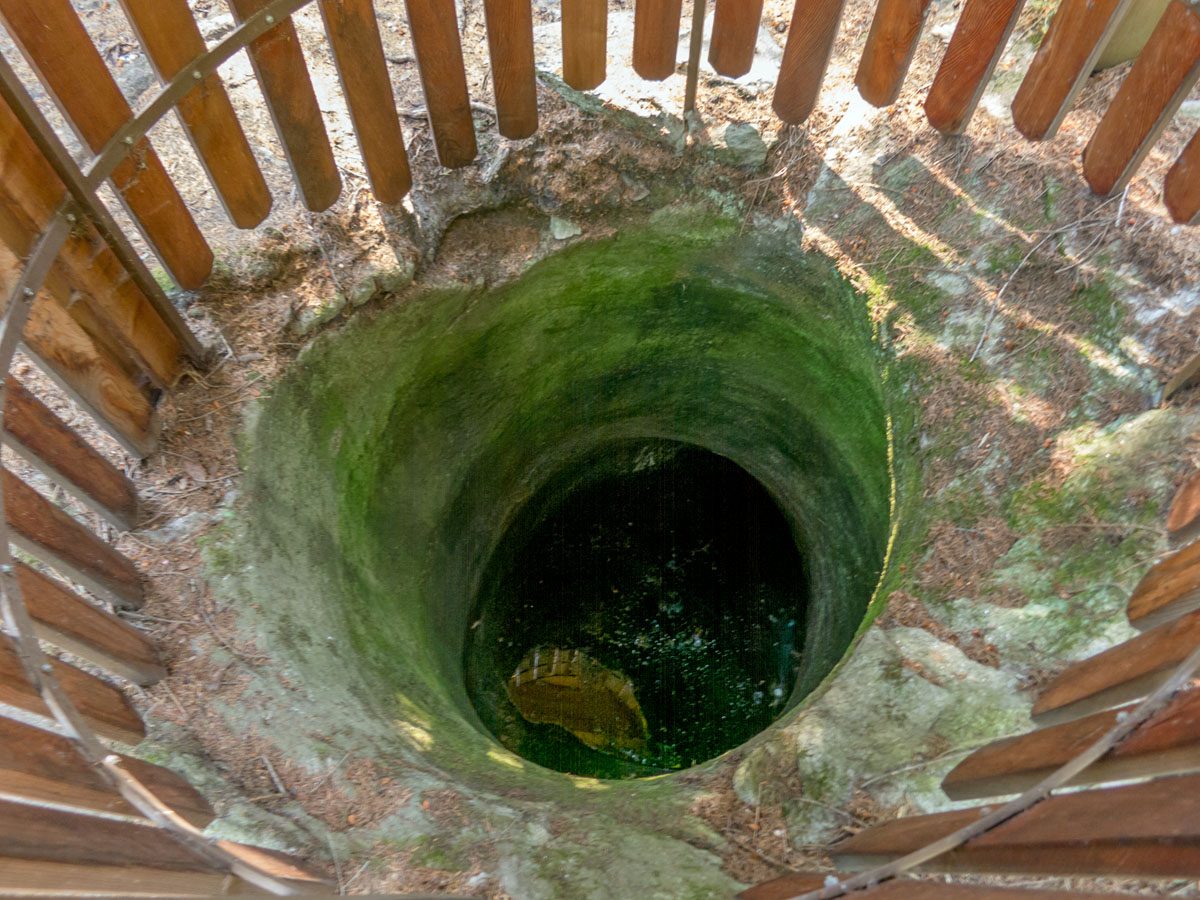How to reach Rodenegg Castle
The history of this impenetrable fortress, built on a rocky pinnacle over the Rienza Gorge, makes a visit to Rodenegg Castle an adventure for the whole family. Built in the first half of the 12th century as a defensive fortress, the family of the Counts of Wolkenstein gave the castle its current
form in the 16th century. Chivalrous stories of knights and the ancient atmosphere of the castle inspire the fantasy of little adventurers. Of interest are also the tales and facts surrounding the trial of the infamous Matthias Perger, the so called “Lauterfresser”, who was convicted of witchcraft in 1645 at Rodenegg Castle. There is a tour through the castle which leads visitors to the impressive medieval fresco in the drinking hall, that was only just discovered in 1972.
Opening hours:
May – October 15 2019:
Sunday – Friday 11.30am- 2.30pm
Note: Guided tour only
Price:
| Adults | 8,00 € |
| Groups | 6,00 € |
| Children up to 18 years | 4,00€ |
| Children up to 10 years |
3,00€ |
f
Contact:
Rodenegg Castle
Vill 1
Rodeneck
+39 0472-454056
